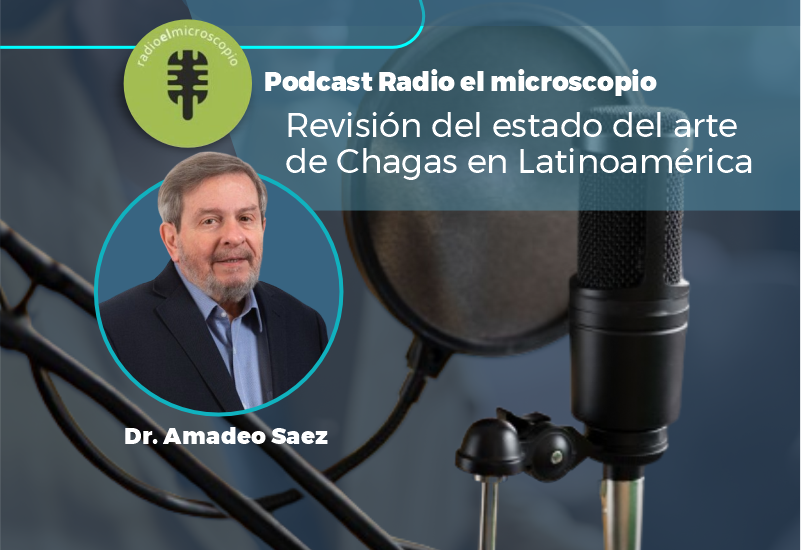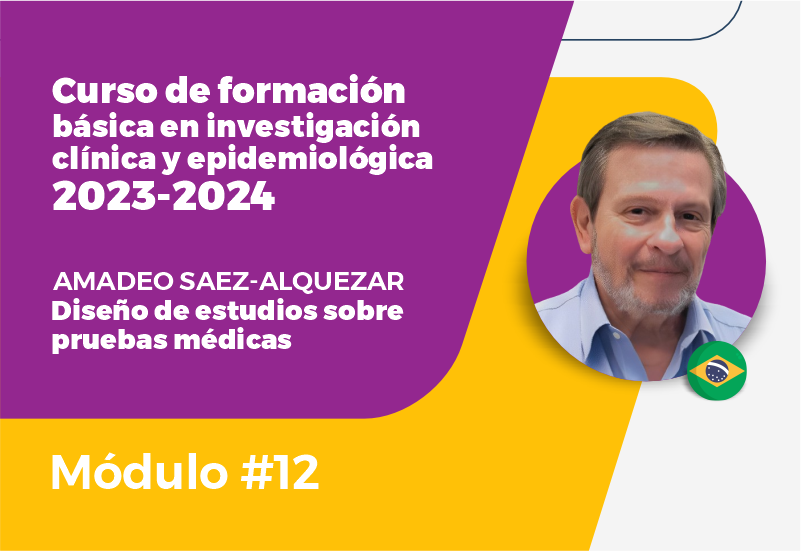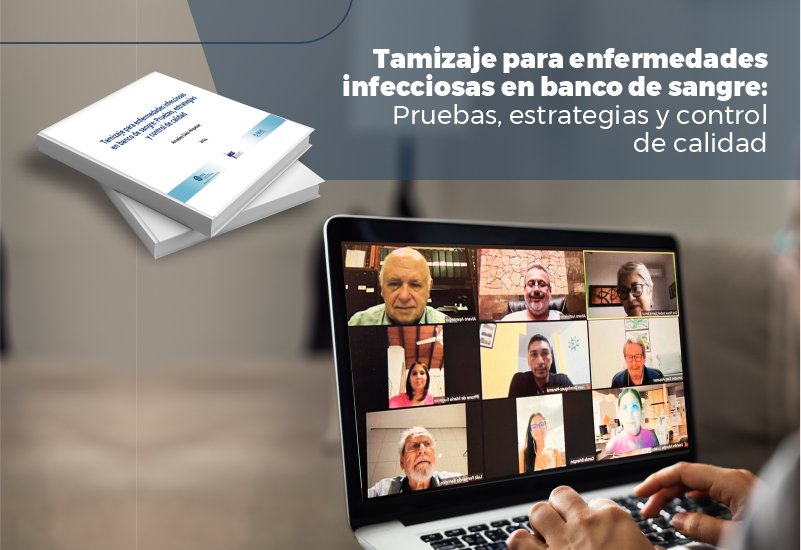El Control Externo de la Calidad y la Excelencia del Desempeño. Entienda.EXTERNAL QUALITY CONTROL AND PERFORMANCE EXCELLENCE LEARN MORE

De acuerdo con la RDC 302:2005 de la ANVISA, el Control Externo de la Calidad – CEC (o Ensayo de Proficiencia), es definido como la ACTIVIDAD DE EVALUACIÓN DEL DESEMPEÑO DE SISTEMAS ANALÍTICOS A TRAVÉS DE ENSAYOS DE PROFICIENCIA y el laboratorio clínico debe realizar CEC para TODOS LAS PRUEBAS REALIZADAS EN SU RUTINA.
La legislación también determina que LAS MUESTRAS DE CONTROL EXTERNO DE LA CALIDAD DEBEN SER ANALIZADAS DE LA MISMA FORMA QUE LAS MUESTRAS DE LOS PACIENTES.
O sea, el objetivo del Control Externo de la Calidad es verificar el REAL DESEMPEÑO DEL LABORATÓRIO utilizando las muestras-control del PRO-EX como un MUESTREO de los resultados de las muestras de los pacientes de su laboratorio, que ocurren en el día-a-día.
Por tanto, si los resultados del PRO-EX están correctos y si su desempeño es de excelencia, los resultados de sus pacientes también serán correctos.
Pero generalmente el procesamiento de las muestras-control difiere de aquel dado a las muestras de los pacientes. Muchos laboratorios, con la idea de conseguir un alto porcentaje de aciertos en la Evaluación Mensual, antes del procesamiento de las muestras abren kits nuevos, calibran los equipamientos, hacen las pruebas en duplicado/triplicado y para las muestras virtuales, varios profesionales inspeccionan las imágenes y discuten el resultado. ¡A veces el Responsable Técnico entra en contacto con un colega de otro laboratorio para verificar si los resultados coinciden!
¿Usted procesa las muestras de los pacientes de esta manera, también? ¿En duplicado, con un kit nuevo y calibra los equipamientos? La respuesta, claro, es ¡que NO!
Entonces, si LAS MUESTRAS DE CONTROL EXTERNO DE LA CALIDAD DEBEN SER ANALIZADAS DE LA MISMA FORMA QUE LAS MUESTRAS DE LOS PACIENTES, el laboratorio descrito anteriormente no está cumpliendo este requisito obligatorio por la legislación.
Si usted trata las muestras-control de manera diferente que las muestras de los pacientes, lamentamos informar, pero su laboratorio desconoce su real desempeño y no puede garantizar la excelencia en los resultados de sus pacientes, aun que obtenga 100% de aciertos en el PRO-EX!
Por tanto, lo convidamos a proceder correctamente a partir de ahora, ¡tratando el kit PRO-EX da misma manera que trata las muestras de los pacientes!
A partir del momento que el PRO-EX llegue a su laboratorio (como si fuese un paciente llegando a la recepción), registre el kit en su Sistema de Informática del laboratorio – SIL, con la identificación del Lote (p. ej. PRO-EX Lote 385), incluyendo todos las pruebas previstas en las hojas de cálculo del PNCQ y generando los habituales mapas de trabajo, etiquetas, plazos para liberación de resultados e informes, confiriendo así la trazabilidad necesaria de todos los procesos relacionados a la muestra-control, como ocurre con los pacientes. Em este caso no existe la colecta, pero sí la reconstitución del material liofilizado con Agua Reactiva, que debe hacerse conforme las instrucciones del inserto. ¡La muestra-control del PRO-EX debe entrar en la rutina del laboratorio en orden secuencial y procesada una única vez! Los criterios de evaluación de los resultados, repeticiones, etc., deben ser los mismos aplicados a las muestras de los pacientes.
De esta manera, su laboratorio obtendrá la evaluación real de su desempeño y, consecuentemente, alcanzará la seguridad necesaria en la liberación de los resultados de todos sus pacientes.
Aclarados estos puntos, esperamos que usted proceda de la manera indicada con el kit PRO-EX en el próximo mes y, al recibir la Evaluación Mensual:
· Si su porcentaje de aciertos indica un desempeño de excelencia, muy bien! Significa que usted puede liberar los resultados de sus pacientes con seguridad.
· Si su porcentaje de aciertos indica lo contrario, significa que hacen falta ajustes en su rutina. ¡Y si necesita de auxilio: entre en contacto con nosotros!
¡Compruebe pronto, más CONSEJOS SOBRE CALIDAD!
According to RDC 302:2005 of ANVISA, the External Quality Control – EQC (or Proficiency Test) is defined as the ANALYTICAL SYSTEM PERFORMANCE EVALUATION THROUGH PROFICIENCY TESTS and the clinical laboratory should perform EQC for ALL EXAMS PERFORMED IN THEIR ROUTINE.
The legislation also states that EXTERNAL QUALITY CONTROL SAMPLES SHOULD BE ANALYZED THE SAME WAY AS THE PATIENT SAMPLES.
That is, the objective of the External Quality Control is to verify the REAL PERFORMANCE OF THE LABORATORY using the control samples of the PRO-EX as a result SAMPLING of the patient samples of the laboratory, as happens in routine work.
Therefore, if the results of the PRO-EX are correct and their performance is excellent, the results of their patients will also be.
But generally, the processing of control samples differs from that given to patient samples. Many laboratories, aiming to achieve a high percentage of correct answers in the Monthly Evaluation, open new kits, calibrate the equipment, perform the tests in duplicate/triplicate and for the virtual samples, several professionals of the team analyze the images and discuss the result. Sometimes the technician in charge contacts a colleague from another lab to check if the results match!
Do you process patients’ samples this way, too? In duplicate, with a new kit and calibrating the equipment? The answer, of course, is NO!
Thus, if the EXTERNAL QUALITY CONTROL SAMPLES SHOULD BE ANALYZED THE SAME AS THE SAMPLES OF THE PATIENTS, the laboratory described above is not meeting this mandatory requirement by law.
If you treat your control samples differently from patient samples, we regret to inform you, but your laboratory is not aware of its actual performance and cannot guarantee excellence in your patient’s results, even if you get 100% success in the PRO-EX!
So, we invite you to proceed properly from now on by treating the PRO-EX kit in the same way you treat patients!
Once the PRO-EX arrives in your laboratory (as if it were the patient arriving at the reception), register the kit in your Laboratory Computer System – LCS, with the Batch identification (e.g. PRO-EX Lot 385), including all the examinations provided in the PNCQ worksheets and generating the usual work maps, labels, deadlines for releasing results and reports, thus conferring the necessary traceability of all processes related to control sample, as with patients. There is no collection, but a reconstitution of the lyophilized material with Reagent Water, which must be done according to the instructions in the worksheets. The PRO-EX control sample must enter the laboratory routine in sequential order and processed only once! The criteria for results evaluation, repetition, etc., should be the same as those applied to patient samples.
In this way, your laboratory will get a real evaluation of your performance and, consequently, you will achieve the necessary safety in releasing the results of all your patients.
With these clarifications, we expect you to proceed as indicated with the PRO-EX kit next month and upon receipt of the Monthly Assessment:
· If your hit percentage indicates excellent performance, great! It means you can safely release your patient’s results.
· If your hit percentage indicates otherwise, it means that adjustments need to be made in your routine. And if you need help, contact us!
Check out more QUALITY TIPS soon!










